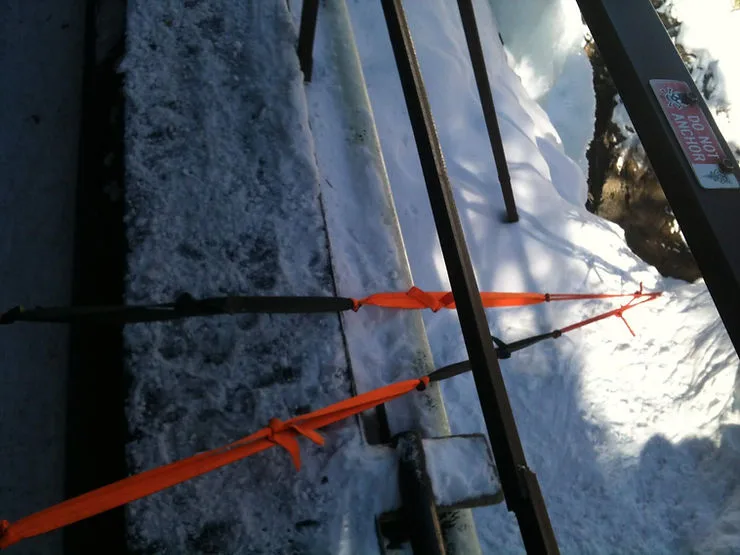
I recently sat down with another owner of Golden Mountain Guides for his perspective on whether or not rock climbing is safe. For many, the sheer thought of climbing beckons the questions, “Why would you want to do that?” and “You must be an adrenaline junky?”. It turns out that rock climbing is just another practice in risk management, much like driving a car.
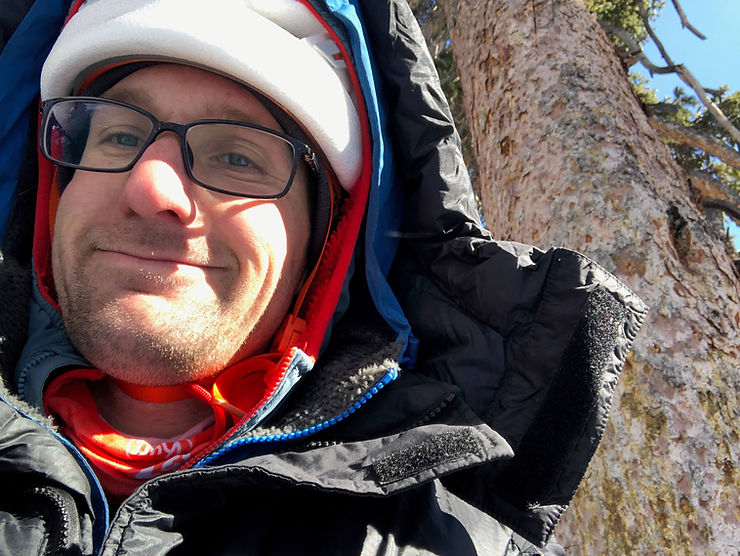
Q: Is rock climbing dangerous?
A: Climbing is inherently dangerous. Let’s face it, any activity in the mountains is; whether it is hiking, showshoeing, or rock climbing. We have to remember that mountains cannot be conquered and we are solely just guests passing through an inhospitable medium. Rock climbing kind of exemplifies this as dangling from the side of a rock face goes against everything human evolution has ever taught us. We’re in a world where gravity always wins. Rocks can fall, wind can push us off a cliff, and weather can quickly change leaving us stranded in a dangerous position. I always think about the people I need to get home for and this helps focus my train of thought in dangerous situations.
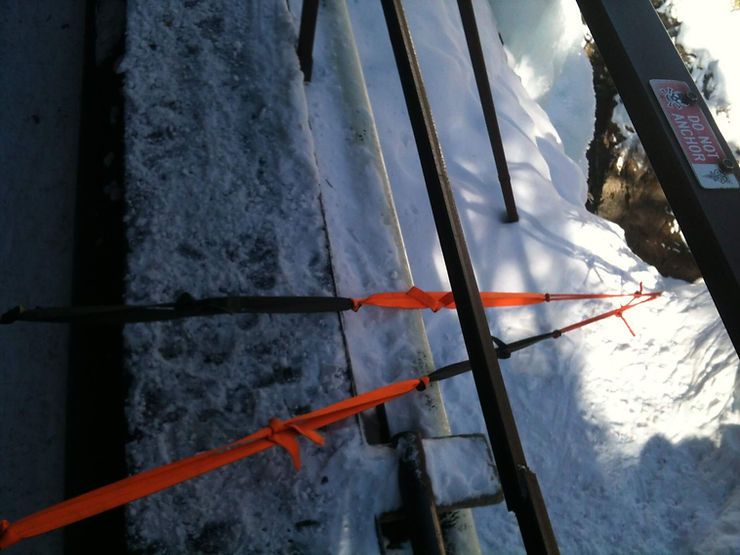
Maybe not the best anchor setup…
Q: If climbing is inherently dangerous, why do people continue to climb?
A: This can be an immensely personal decision. Some people feel like the potential risks far outweigh any benefits. On the other hand, many people are drawn to the mental and physical challenges that climbing presents. Some climb to stay fit or for a confidence boost. Others climb to compete or for Instagram pictures. For me personally, climbing is a journey with lessons I can take and apply to all aspects of my life. I have seen myself at my absolute best and absolute worst in the mountains and have learned how to push through many seemingly insurmountable obstacles. We as climbers can mitigate potential risks and subsequently lesson the consequences of the mountains.
Q: Have you ever had any close calls?
A: Over the years I have had a few close calls in the mountains, and I’ve learned a great deal from them. Some have involved roping up with the wrong people while other close calls were completely out of my control. I think the biggest takeaway here is the ability to learn and grow from these experiences. This mountain knowledge and experience is invaluable as we venture onto the rocks.
Q: How did you get into rock climbing?
A: Oh boy, here comes a story! My first time rock climbing was a terrible experience and I walked away from it never wanting to climb again. Looking back on it, there were a lot of things that should not have happened.
I had a friend take me out for the first time and he selected a 185 foot climb that was well above what I could physically climb. He belayed me from the top and before I knew it, I was slowly inching up the wall, despite no instruction on how to actually climb. About half way up, the walls became blank and I sat yelling and crying and frustrated on the rope. I was terrified and couldn’t for the life of me figure out how to make upward progress. What was even worse was the fact that my so called friend couldn’t see me to help guide me through the crux of the route. After a few hours, I ended up pulling myself hand over hand up the rope. In hindsight, if I had fallen, I probably would’ve broken both my legs on the ledge below.
By the time I finally got to the top of the climb, my friend was so upset that he set up his rappel and disappeared over the cliff edge without showing me how to set mine up. I didn’t want to risk rappelling as I had absolutely no idea what I was doing. I pulled the rope through the rappel rings and hiked/downclimbed off the backside of the formation. I still clearly remember telling myself a fall here wouldn’t be good. Here’s the kicker of the story though: by the time I got back to the base, my friend had already packed up and left (and he was my ride!). I hitchhiked back into town and never wanted to rock climb again. Needless to say, I have never spoken to this person again.
About six months later, something clicked and for whatever reason, I wanted to try climbing again. It’s truly funny how things work out. Here I am, many years later, climbing almost every day of the year!
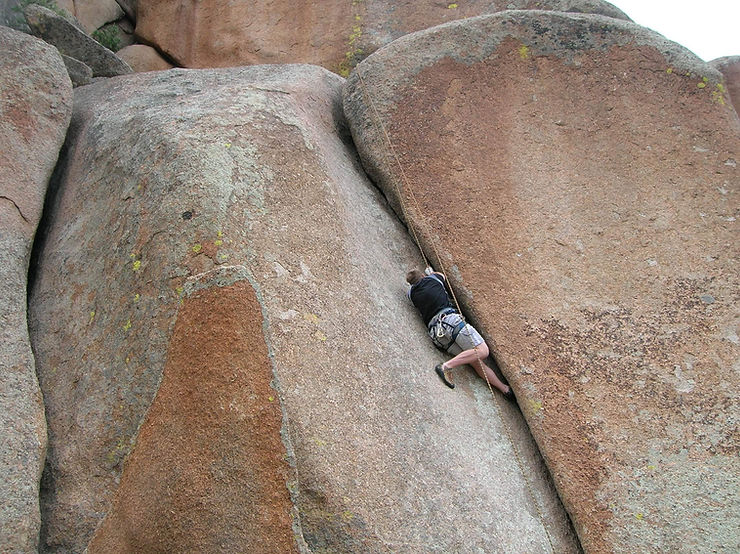
Ben learning to crack climb many years ago in Vedauwoo, WY.
Q: What can you do to mitigate potential risk?
A: Many things! We can be selective of who we climb with. Try out new partners slowly and make them prove to you that they know what they are doing. Take a class, hire a guide, or seek mentorship! This is a great way to receive professional instruction on industry best practices, and risk management strategies in the mountains. Wear a helmet, maintain and retire your gear when necessary. Do your research! I can’t tell you how many times people show up to a climbing area ill prepared. Study route topos, look at the approach to the crag on a map, and write down the descent beta and text it to yourself. I think the biggest one though is listening to your gut instincts. I can’t tell you the number of times I’ve backed off a route because something just didn’t feel right. Our mind has an amazing way of alerting us to dangerous situations we haven’t fully conceptualized yet.
Q: How can I learn to recognize potentially dangerous situations in the mountains?
A: Experience teaches experience. We can learn to manage the many different variables that are inherently dangerous in climbing. Climbing with someone more experienced than yourself can be a great way to pick up on risks you wouldn’t have otherwise seen and recognized. Take this with a grain of salt though…not all people who claim to be experienced really know what they are doing.
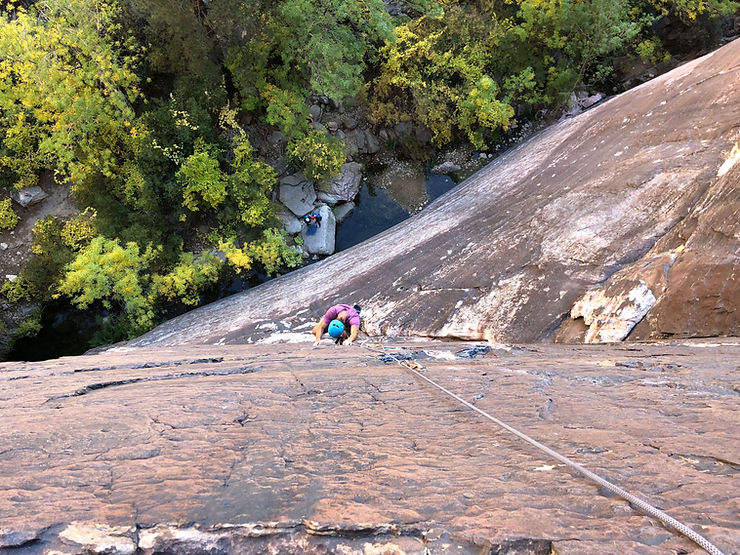
Ben’s client following Slot Machine, 5.10
Q: What kind of equipment can help make climbing safer?
A: Let’s start with the old noodle protector. Helmets are worth their weight in gold and most newer helmets are so light you don’t even realize you’re wearing on. Make sure you have a harness that fits snuggly around your hips. Use a dynamic rope while you’re climbing. This list could go on and on, but I think it’s important to know how to use the gear you have.
Q: Is rock climbing really worth all the potential risks?
A: YES! There is something very special about connection with the mountains and climbing is one of the best ways to experience it. I wouldn’t trade climbing for anything! It has taken me to some of the coolest places and given me the opportunity to meet amazing people!
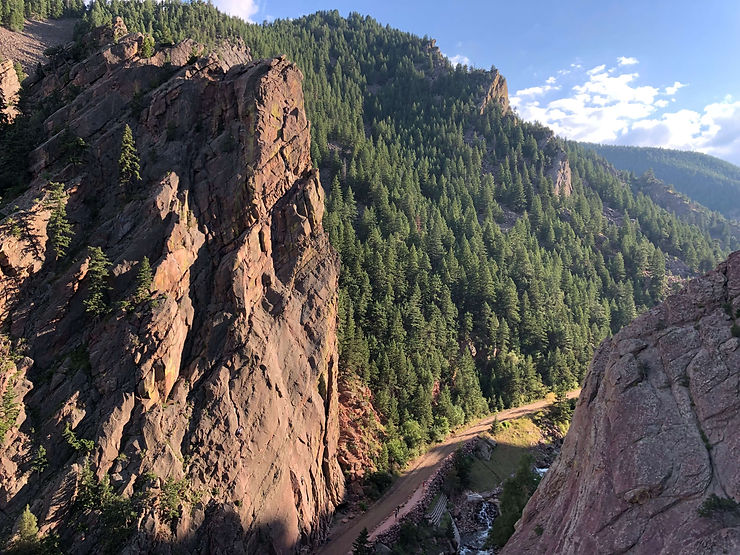
Let us know if you want to learn how to rock climb or manage risk in the mountains. We’d love to share the journey with you!



Content Copyright © 2025 of Golden Mountain Guides. All rights reserved. | Privacy Policy | Site Map